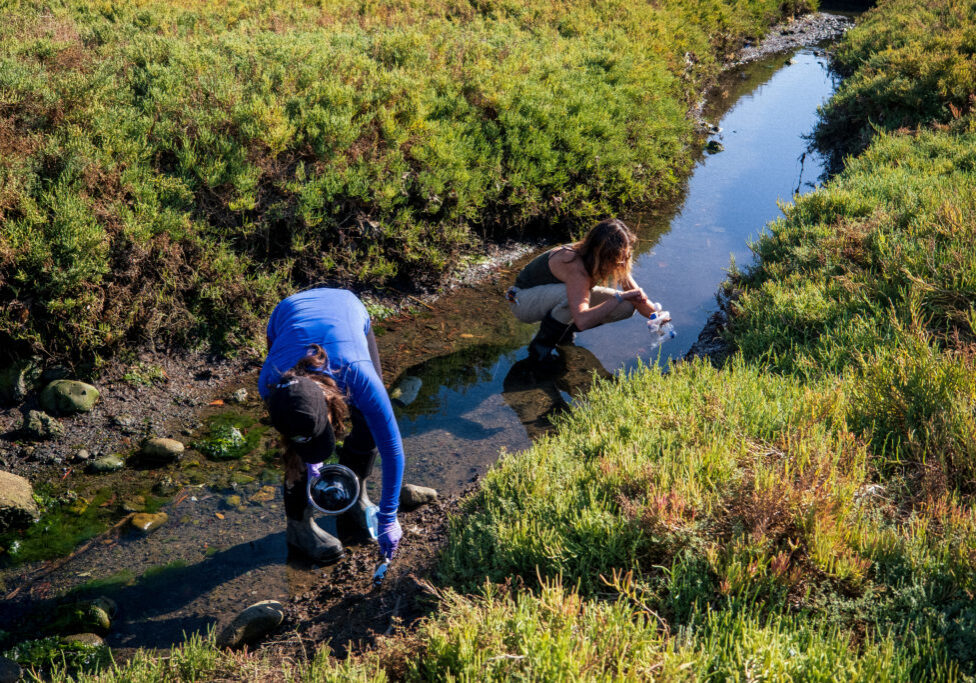Research projects at the Tijuana Estuary
The goal of the TRNERR research program is to support sound science that will improve our understanding of estuarine ecosystems, so that we can better manage them. Examples of some recent research efforts are highlighted below.
Examples of our projects
The Margaret A. Davidson Fellowship supports graduate student research at the Reserve. Through a research project, fellows address a key reserve management need to help scientists and communities understand coastal challenges that may influence future policy and management strategies.
This study examines the impacts of invasive shot hole borer beetles in the Tijuana River Valley.
The Tijuana River Valley Historical Ecology Investigation - completed in January 2017 - synthesized hundreds of historical maps, photographs, and texts to reconstruct the ecological, hydrological, and geomorphic conditions of the Tijuana River Valley prior to major European-American landscape modification. This project was led by the San Francisco Estuary Institute.
This study is investigating the processes that lead to hypoxia in Southern California’s lagoons, and identifying its ecological impacts. A better understanding of causes and consequences of hypoxia is needed to inform effective management of these critical ecosystems. This project is funded by the NOAA NCCOS Coastal Hypoxia Research Program, in partnership with the Scripps Institution of Oceanography and San Diego State University.
Community Science
Review and track observations within the Tijuana River National Estuarine Research Reserve using the iNaturalist website and database.
Use iNaturalist to explore the invasive plant species found in and around salt marsh habitats.

